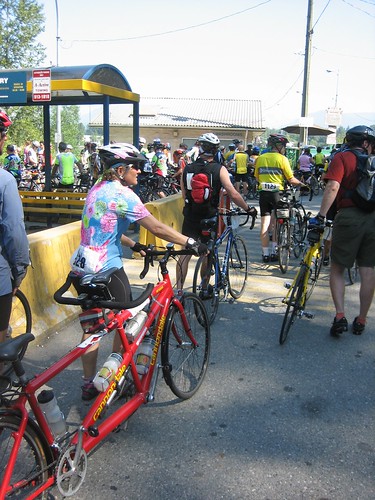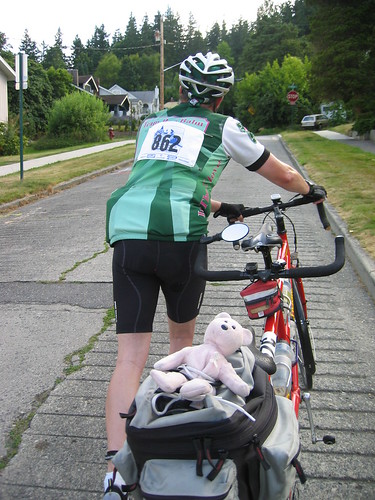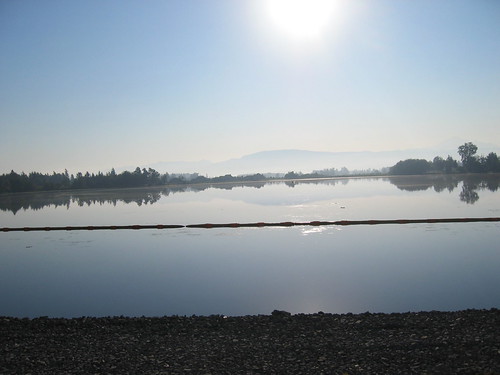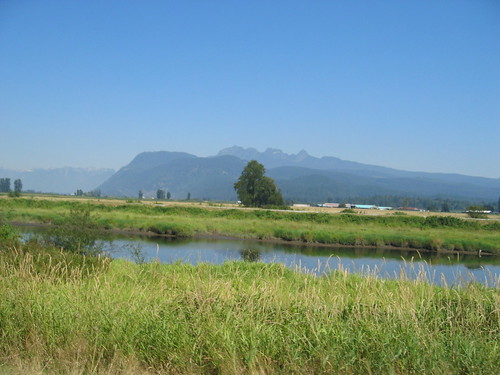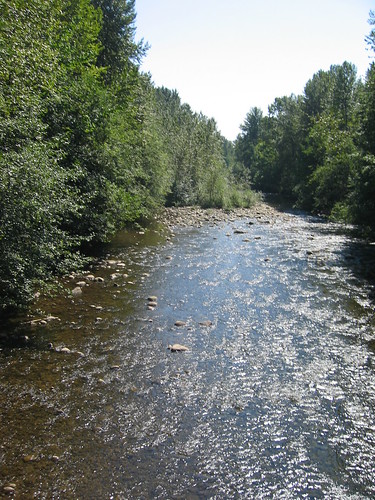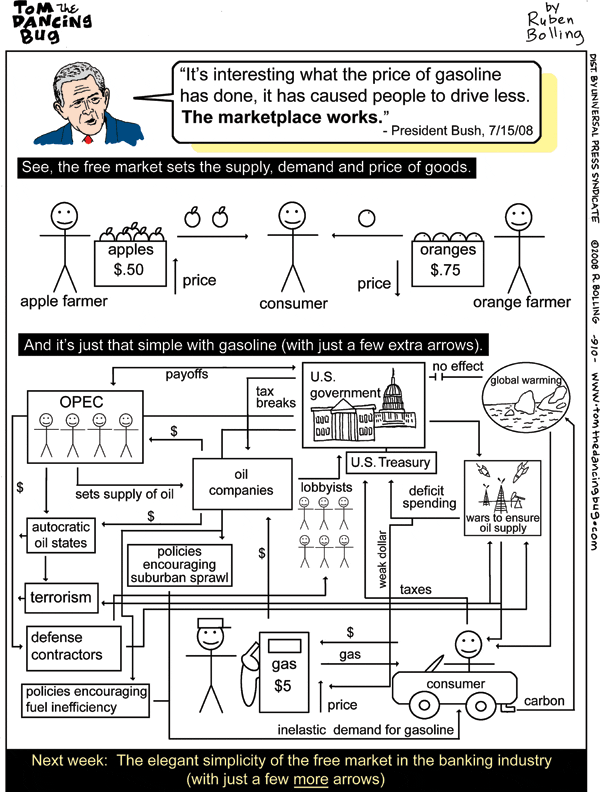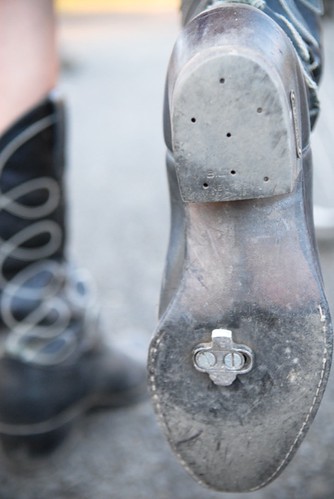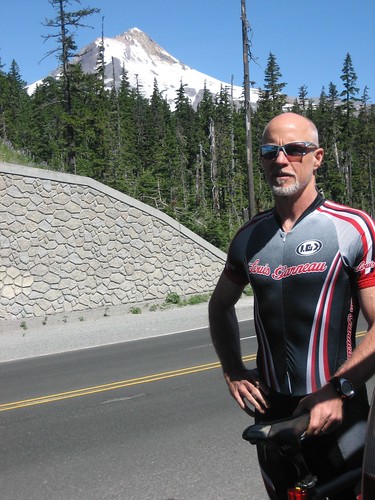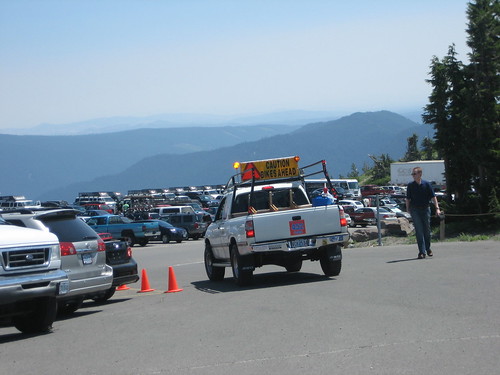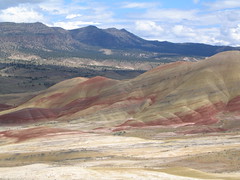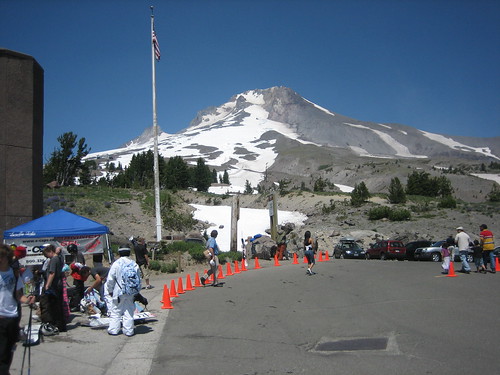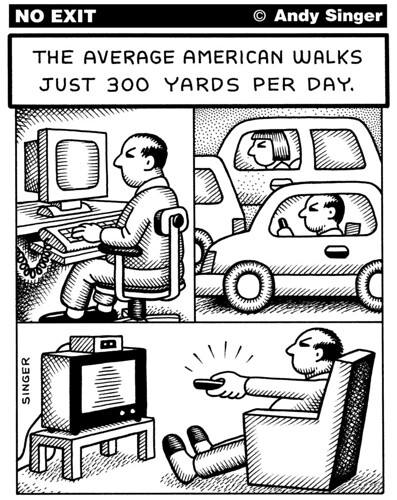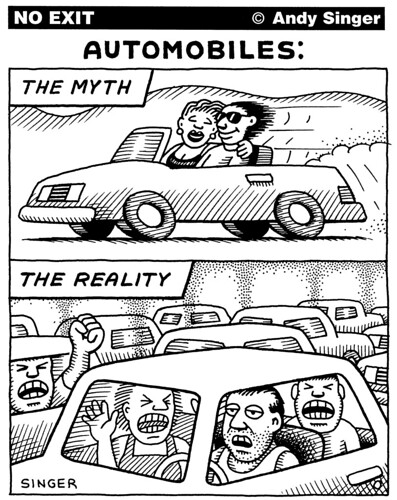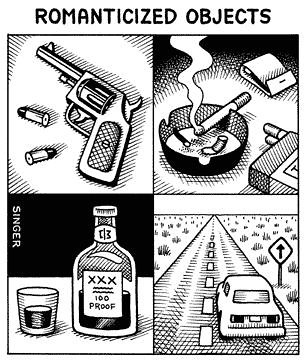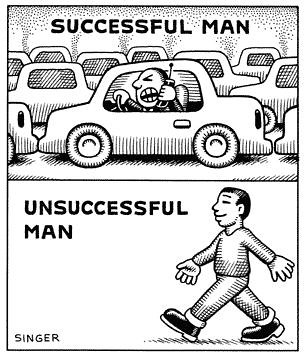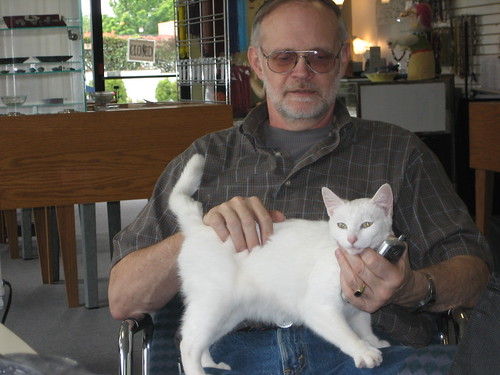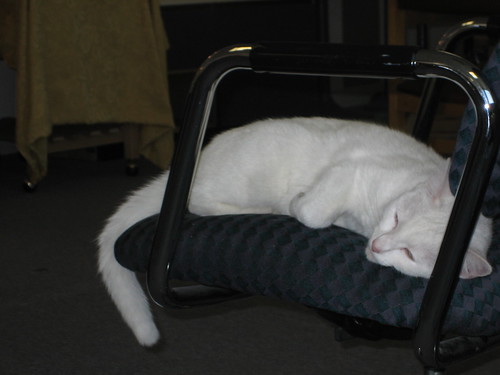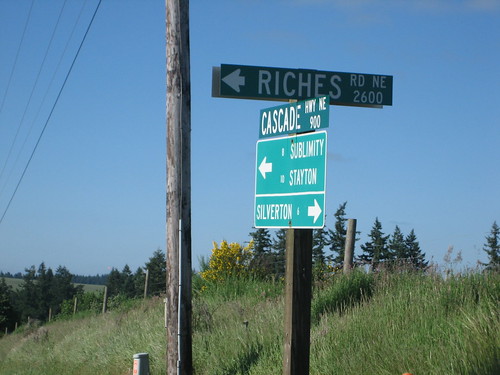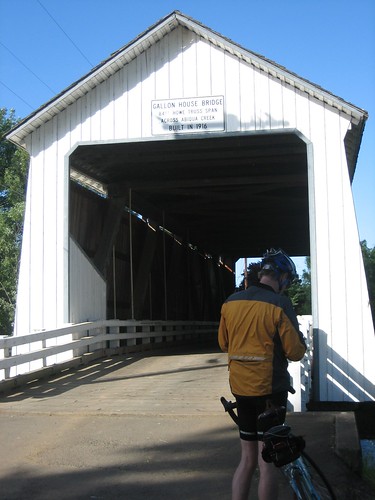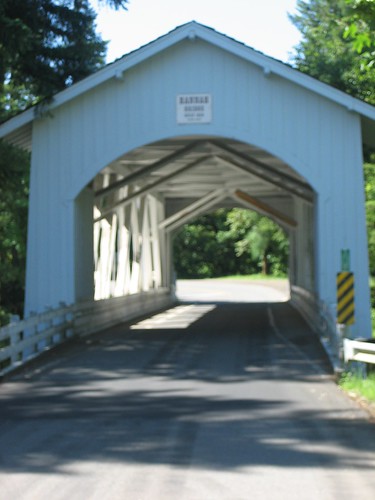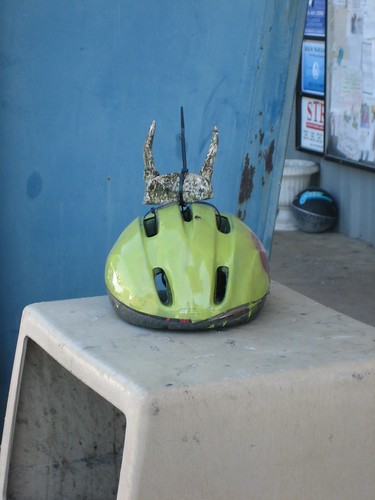On Thursday I found out that an old house mate of mine dropped dead in his tracks, age 52, apparently of an aneurysm.
Then, on Tuesday, I found out that a fellow who is probably the closest I've ever had as a mentor, one that worked with me on the Tektronix Smalltalk project, and the fellow whom I followed when he left Tek to go to another company--this guy is dying of cancer and probably has days or weeks to live.
And you may wonder what I've been up to.
In my copious (NOT!) free time I've also been busy as chairman of the BTC. Our community cycling center is open, which is both exciting and scary.
Anyway, to leave on a positive note, here's an article from today's Oregonian/Oregon Live. Only in Portland!
Judge clears nude bicyclist in Portland
by Aimee Green, The Oregonian
Wednesday November 12, 2008, 8:46 PMA Multnomah County judge has cleared a Northeast Portland nude bicyclist of criminal indecent exposure charges, saying cycling naked has become a "well-established tradition" in Portland and understood as a form of "symbolic protest."
Judge Jerome LaBarre said the city's annual World Naked Bike Ride -- in which as many as 1,200 people cycled through Northwest and downtown Portland on June 14 -- has helped cement riding in the buff as a form of protest against cars and possibly even the nation's dependence on fossil fuels.
LaBarre then cleared Michael "Bobby" Hammond, 21, of any wrongdoing after two days of hearings that concluded Wednesday.
Hammond's legal troubles began June 26, when he stripped off all his clothes and hopped on his vintage 1970s 10-speed -- in an effort, he says, to make clear that nothing was powering his mode of transportation but his own unadulterated body.
Portland police, however, saw Hammond's two-minute ride through the Alberta Arts District as a stunt, not free speech. They arrested Hammond, citing city code that states it's illegal to expose genitalia in a public place in view of members of the opposite sex.
A bystander recorded the episode, which unfolded at 10:30 p.m. in front of Hammond's home at Northeast 15th Avenue and Alberta Street. The video was posted on the Web.
As Hammond pulls to a stop, police begin to question him.
"Who, me?" responds an apparently startled Hammond, adding that he doesn't think he's doing anything wrong. A woman can be heard yelling in the background that Oregon law allows nudity -- as long as it isn't done to sexually arouse oneself or others.
"Dude, look," says one of three officers who approach Hammond. "Go put on pants, or we're going to take you to jail. There's a city code that says you can't be naked in public. There are kids out here. You can't be riding around with your penis hanging out, OK? ..."
"I just want to ride my bike," Hammond says. "I'm wearing a helmet."
"That's fine," responds another officer. "You want to go to jail tonight? Either you get your pants on right now (and) you get off your bike ... or you're going to jail."
Hammond gets off his bike. He stands still, almost frozen for several seconds as an officer can be heard counting down from five. When the officer gets to one, the trio bring Hammond to the ground during a 10-second struggle, because Hammond continues to hang onto his bike. The officers handcuff him, laying him naked on the street.
Hammond said later that a bystander offered to get him some clothes but that there wasn't time before police pulled him to the ground.
Lesser chargesPolice originally charged Hammond with felony assault of a public safety officer, among other charges. The district attorney's office, however, decided not to pursue that charge and instead sought misdemeanor convictions for resisting arrest, fourth-degree assault and indecent exposure.
Hammond, who works at the Black Cat Cafe and as a caregiver for people with developmental disabilities, testified that he moved here more than a year ago from New Mexico. He said he thought nudity was legal in Portland because he'd participated in his first World Naked Bike Ride without incident.
"If anyone here hasn't been, you have to go," Hammond testified. "It's one of the reasons I live in Portland. As far as you can see -- as far in front of you and behind -- it's naked people."
Twelve days after the event, Hammond, housemates and friends sat on the lawn of his home, passing out origami, selling art and playing music during the art district's Last Thursday event. They bemoaned the car traffic congesting Alberta Street, and Hammond and a friend, Walter Geis, decided to strip down and ride their bikes up and down the boulevard.
Hammond testified that he was expressing a message in support of bikes and against cars, foreign oil, the Iraq war and air pollution.
Deputy District Attorney Ryan Lufkin argued that Hammond didn't carry any signs, pass out fliers or otherwise attempt to communicate his message to bystanders.
"He may have well thought he was doing this for a noble purpose, but there was no way to express that to a rational person," Lufkin said. "This was, by every definition of the word, streaking."
Lufkin told the judge that if he dismissed the charges against Hammond on free-speech grounds, he was in essence invalidating city code. Lufkin said anyone who'd been arrested for indecent exposure could argue they were exempt from the law because they were expressing speech.
A case-by-case issueIn 1985, the Oregon Court of Appeals ruled in City of Portland v. Gatewood that appearing nude in public can be a protected form of expression -- such as if it's done in political protest -- and should be considered on a case-by-case basis.
LaBarre said Hammond's case qualified as protected expression.
"It's been well-known since Lady Godiva that the shock value of nudity can be a very important protest," LaBarre said, referring to the legend of a noblewoman who rode naked on a horse through the streets of Coventry in England to protest her husband's oppressive taxation of the people.
Hammond was all smiles as the judge issued his decision. He hugged his attorney, public defender Tiffany Harris, and friends and neighbors who came to watch. He expressed his relief that he wouldn't lose his job as a caregiver. He said his employer, Westside Community Focus, had told him he would be fired for liability reasons if he were convicted.
He also made plans for the future: Would he ever ride naked again?
"Oh, yeah," he said.
Aimee Green; aimeegreen@news.oregonian.com
